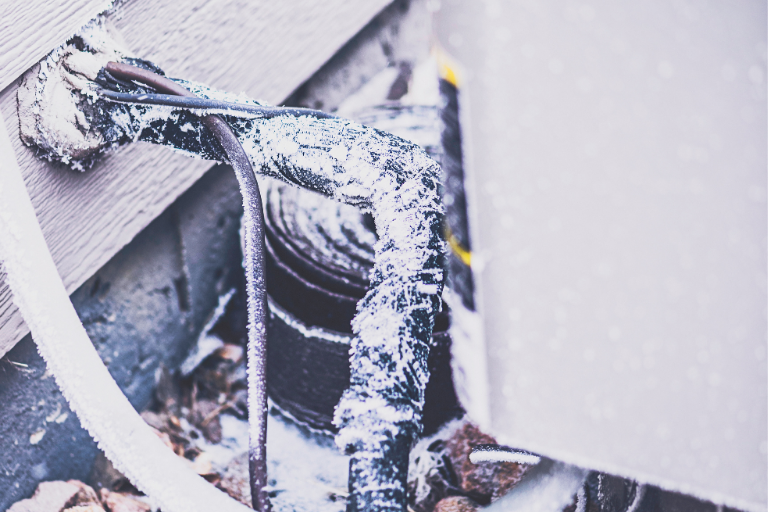How To Safely Unfreeze Pipes: Preventing Winter Plumbing Problems

As the winter chill sets in, the risk of pipes freezing and causing significant plumbing problems increases. Knowing how to unfreeze pipes safely is crucial for homeowners to prevent costly repairs and water damage. This guide offers detailed steps on how to unfreeze pipes and why it's essential to avoid using harmful deicing methods like salt and chloride-based ice melts.
Identifying Frozen Pipes
First, identify the frozen pipe(s) in your home. Signs of a frozen pipe include a lack of running water or frost on the pipes. These are typically found in unheated areas of your home like basements, attics, or along exterior walls.
Opening Faucets
Once you locate the frozen pipe, open the faucet connected to it. This will relieve pressure inside the pipe and allow water to escape once the ice starts melting. Running water, even a trickle, can also help thaw the ice quicker.
Applying Heat To The Pipe
Gradually apply heat to the frozen section of the pipe. This can be done using various methods:
- Hair Dryer: A common household hair dryer can be effective. Aim the hot air back and forth along the frozen part of the pipe.
- Heating Pad or Hot Towels: Wrap the pipe with a heating pad or towels soaked in hot water. This method provides gentle and steady heat.
- Space Heater: Place a portable space heater near the frozen pipe. Ensure the heater is away from flammable materials and used according to safety instructions.
- Electrical Heat Tape: If available, you can use electrical heat tape specifically designed for pipes. Follow the manufacturer's instructions carefully.
Avoiding Open Flames
Never use open flames, such as blowtorches or propane heaters, to thaw pipes. This method is unsafe and can damage the pipes or even cause a fire.
Regularly Check For Leaks
After thawing the pipe, check for any leaks or cracks. Freezing can cause damage, and even small leaks can lead to significant problems over time.
Preventing Pipes From Freezing
Preventive measures are key to avoiding frozen pipes:
- Insulate Vulnerable Pipes: Use foam pipe insulation to protect pipes in unheated areas.
- Seal Drafts: Ensure any gaps or cracks near pipes are sealed to keep cold air out.
- Keep Thermostat Consistent: Maintain a consistent temperature in your home day and night.
- Let Faucets Drip: Allowing a small trickle of water through the pipes can prevent them from freezing.
The Dangers Of Using Salt And Chloride-Based Ice Melt
Using salt or chloride-based ice melts to unfreeze pipes is not advisable. These substances can be corrosive, damaging the pipes and potentially leading to leaks. They also pose environmental hazards, contaminating soil and water sources.
Using Safe Paw For Safe Deicing
Instead, homeowners should consider Safe Paw, a chloride-free and toxin-free ice melt. Safe Paw is safe for people, pets, and the environment. It effectively melts ice at low temperatures without the corrosive effects of traditional ice melts. Its non-corrosive nature means it won’t damage pipes, concrete, or metal surfaces around your home.
Conclusion
How to unfreeze pipes safely is essential in preventing winter plumbing problems. By following these steps and using eco-friendly products like Safe Paw, homeowners can effectively address frozen pipes and avoid the pitfalls of traditional deicing methods. With knowing the right precautions and treatments you can know how to unfreeze water pipes, and you can keep your home's plumbing in good working order throughout the coldest months.
https://safepaw.com/how-to-safely-unfreeze-pipes-preventing-winter-plumbing-problems/
Comments
Post a Comment